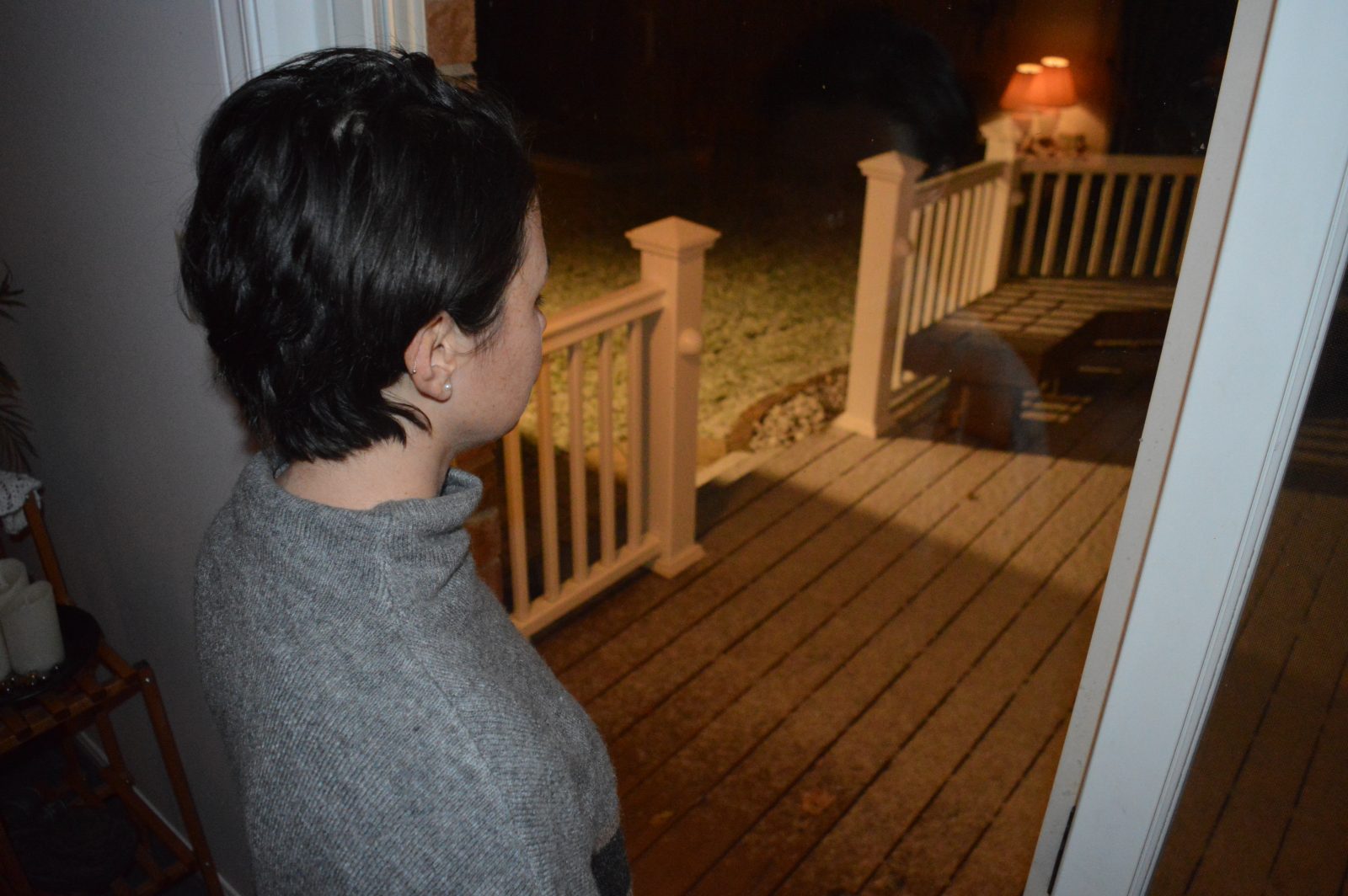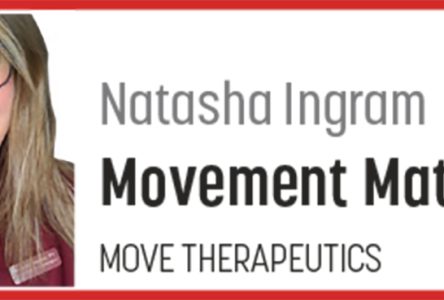CORNWALL, Ontario – Some individuals may be struggling with Seasonal Affective Disorder (SAD) after the ‘fall back’ time change experienced on November 4.
“In both my personal (and) professional experience, time change has definitely had an impact on certain client’s ability function,” said Ashley Mariani, Registered Social Worker with Counselling and Support Services (CSS) of SDG. “Even for those not diagnosed with SAD, an inability to readjust to the new sleep schedule can have a great impact on mental wellbeing for many days and weeks proceeding the change.”
Feelings of SAD most commonly occur during fall and winter months when there is less sunlight. Some symptoms include feelings of light or severe depression, changes in appetite, fatigue and irritability.
Statistics suggest that six per cent of Canadians feel extreme symptoms of SAD, including episodes of major depression. Approximately 15 per cent will feel less severe symptoms, such as low energy and apathy. Females are reportedly four times more likely to experience SAD.
According to the American Psychiatric Association, January and February are the most difficult months for people who experience SAD in North America.
“We definitely see an influx of clients after the holidays during the winter; this may or may not be to unidentified SAD,” said Mariani.
Without observing data pertaining to Cornwall and SDG, Mariani hypothesizes that someone who has experienced depression or anxiety in the past, would be more at risk of experiencing SAD.
“CSS can connect you with a clinician that will develop a treatment plan based on your specific goals,” explained Mariani. “Counsellors at CSS are both registered social workers…and Registered Psychotherapists. Unfortunately, in these roles, clinicians do not have the ability to diagnose a client with SAD, depression, anxiety or any other mental health illness, but they can support a client who has been diagnosed, or suspects a possible diagnosis.”
The following tips are recommended by Mariani for coping with SAD:
– Ensure proper sleep hygiene. Avoid stimulants before bed, limit day time napping and be mindful of foods that may cause issues at bed time.
– Ensure daily exercise, but perhaps not immediately before bed. Exercise has been proven to decrease mental health challenges related to mood.
– Have exposure to sunlight, whether through natural sunlight outdoors or through light therapy (therapeutic lights can be purchased). Make your work or home environment as sunny and as bright as possible but ensure that during sleep your room is dark.
– Get outdoors. It is very important to spend time outside, specifically in nature.
– Ensure you have a strong support system in place. Family, friends and activities to avoid isolation during the colder, darker months.
– Psychotherapy can help rewire the brain’s negative automatic thoughts and help you to understand your own mind-body connections.
– A plan can be created with your therapist to prepare for SAD and what precautions need to be taken, especially with reducing avoidance behavior, scheduling activities, learning how to manage stress and finding ways to increase serotonin.
– Relaxation techniques, such as yoga, guided meditation or the use of creative outlets through music or art are also beneficial.
For more information about CSS services, visit www.css-sdg.ca or call 613-932-4610.




